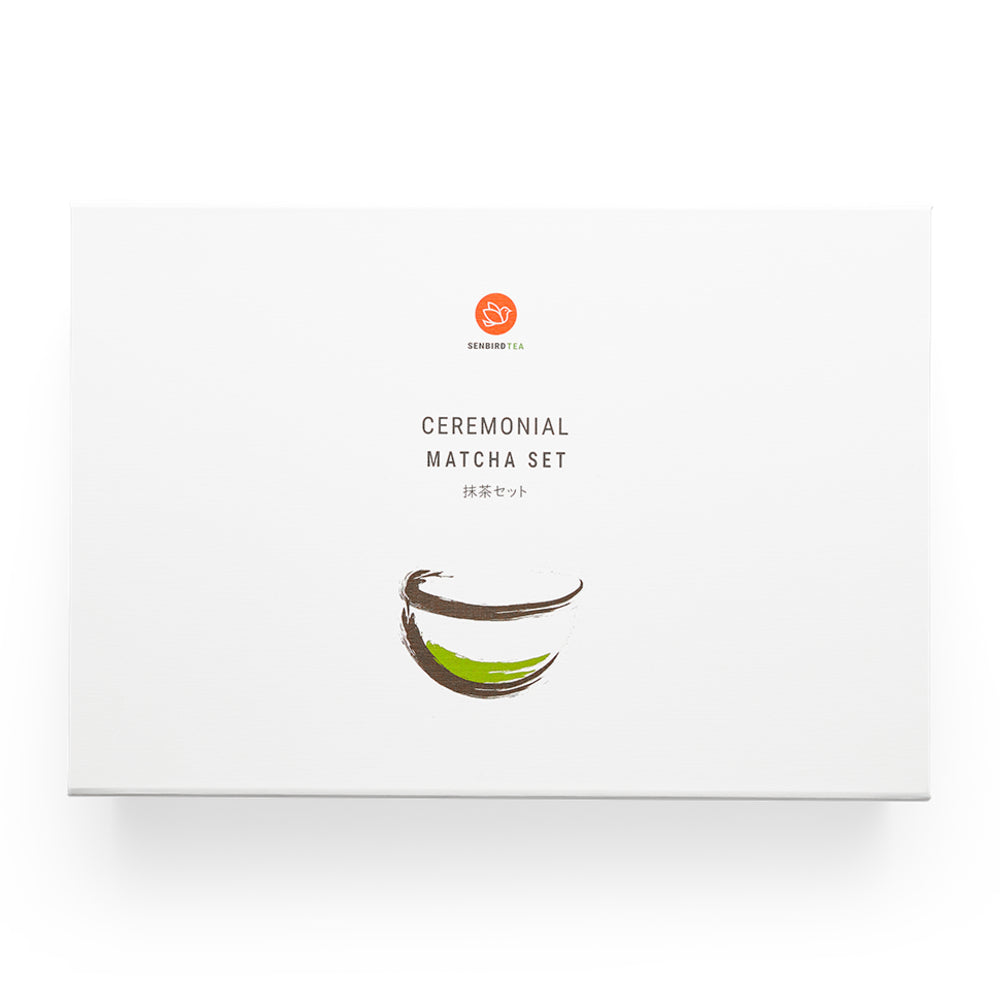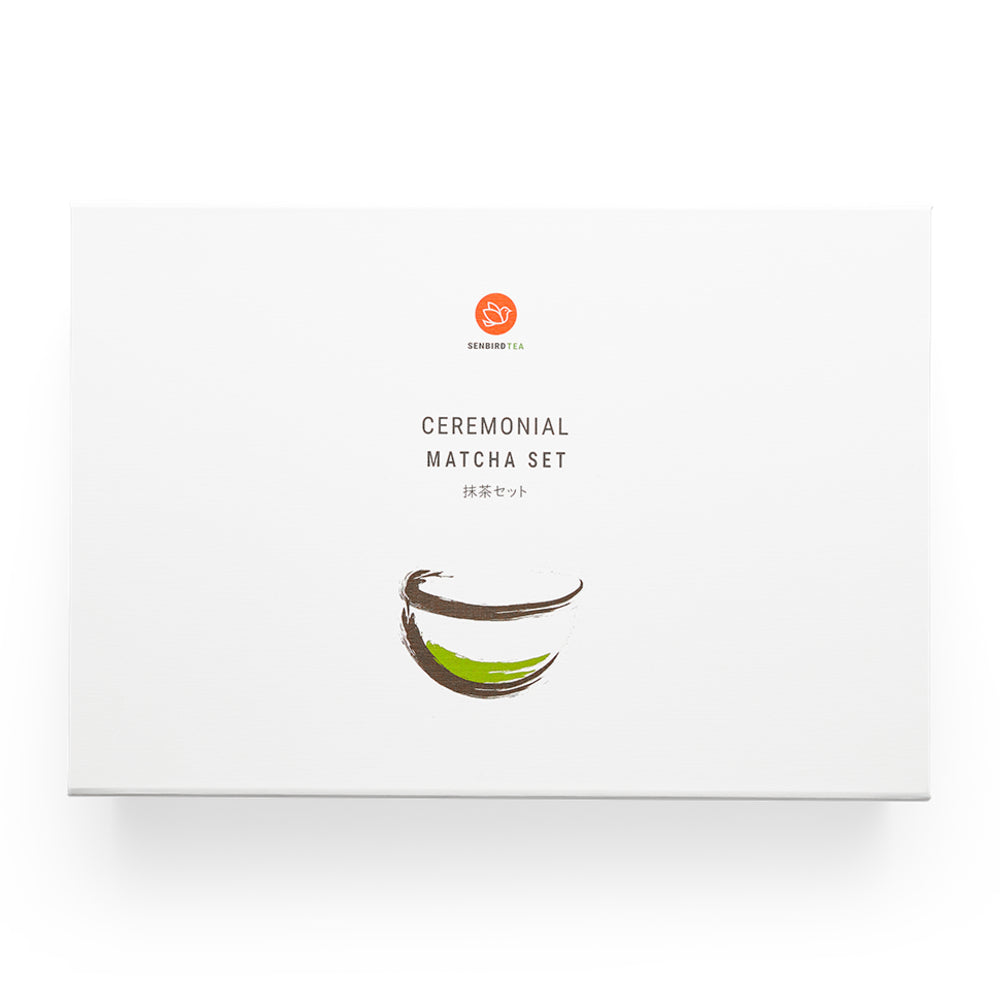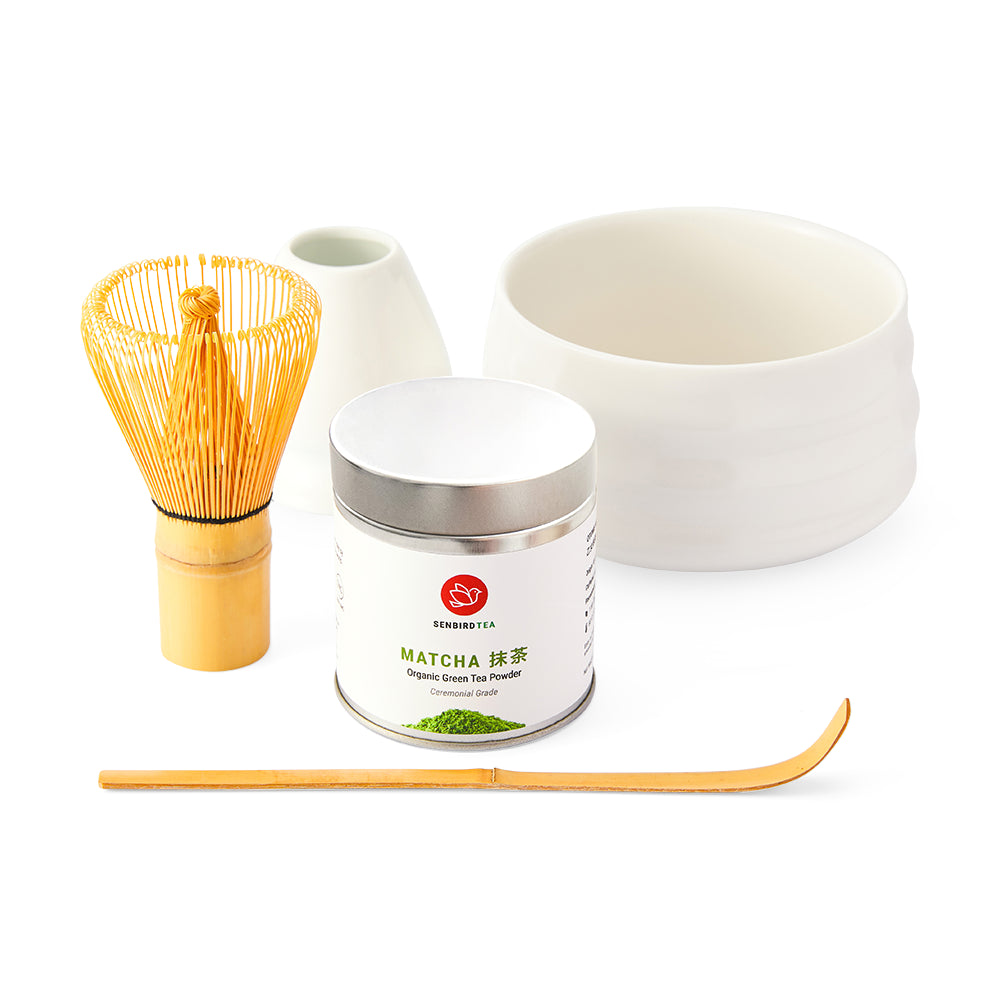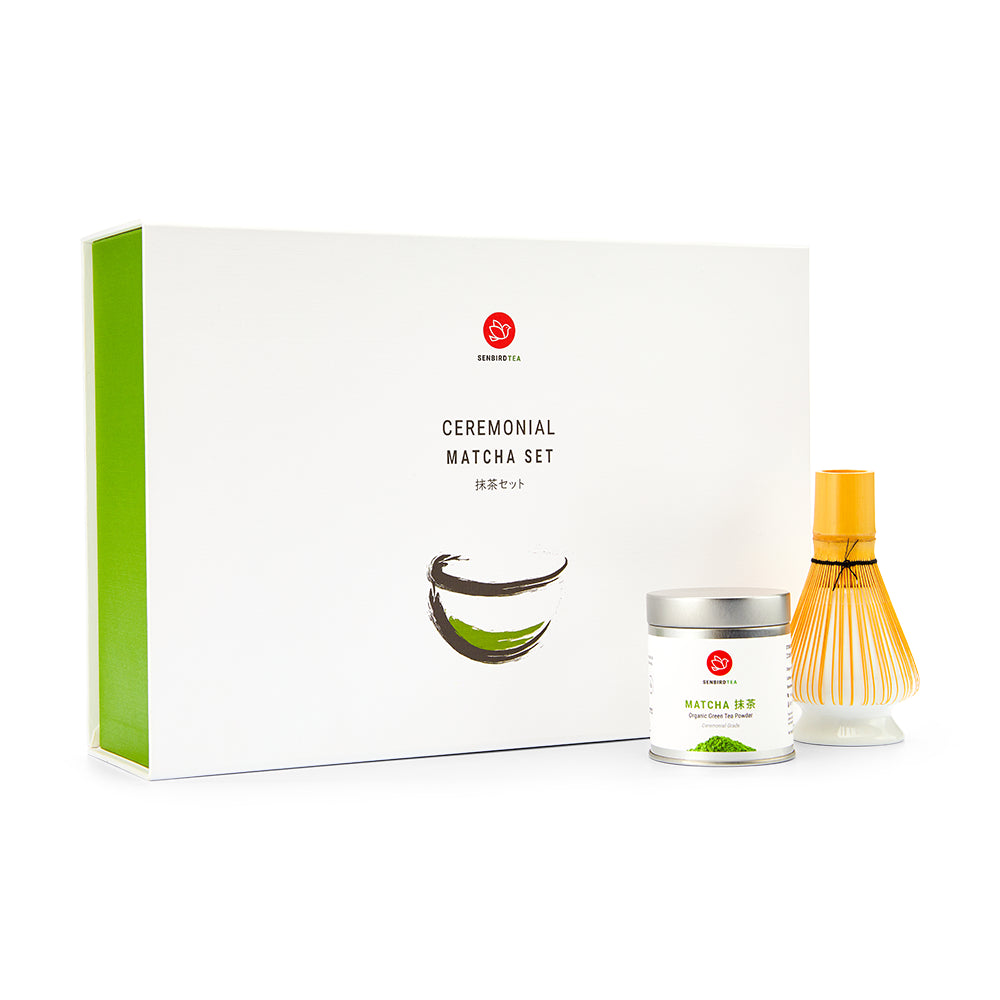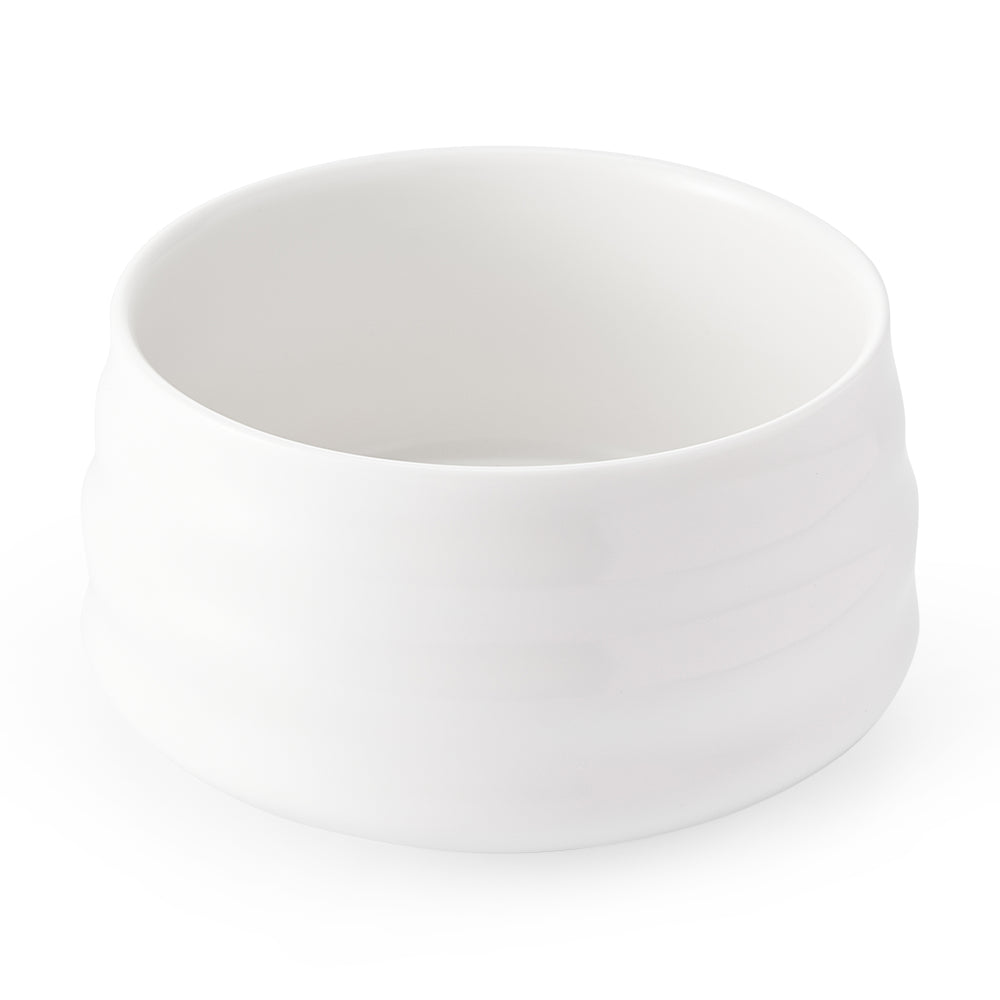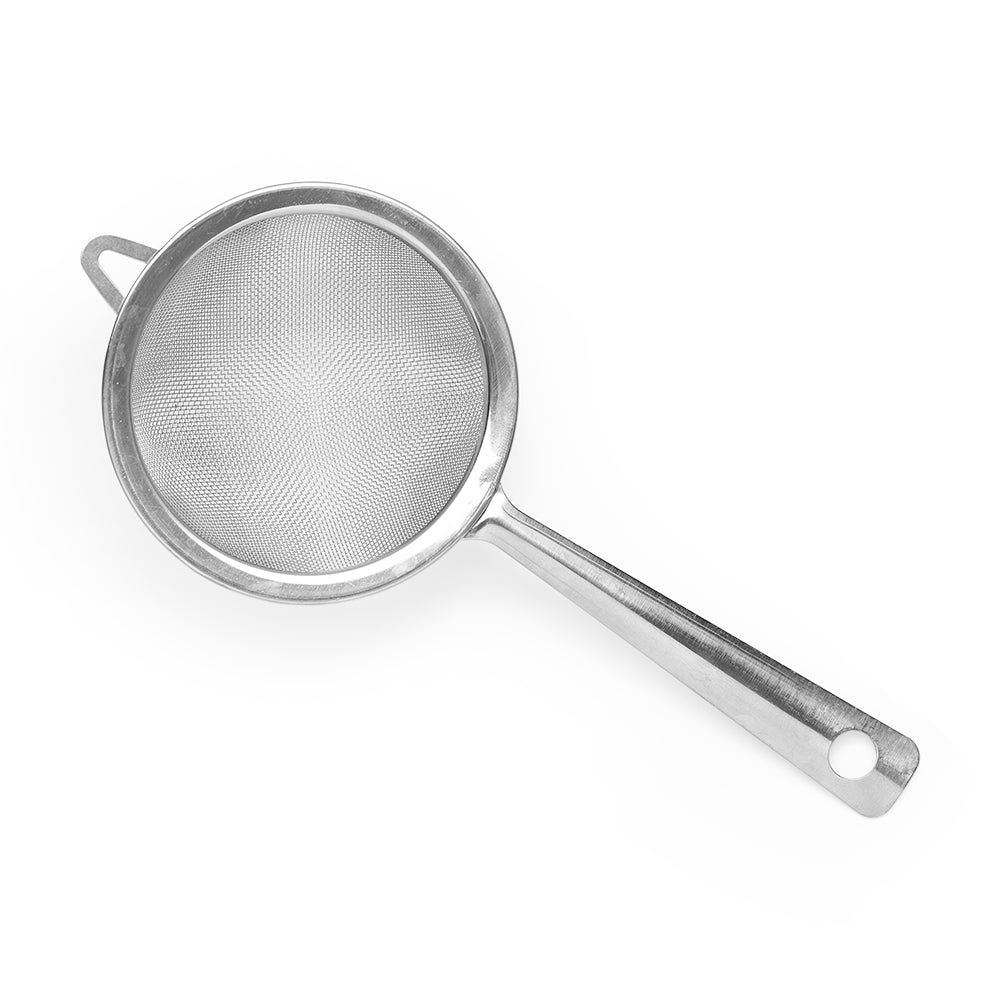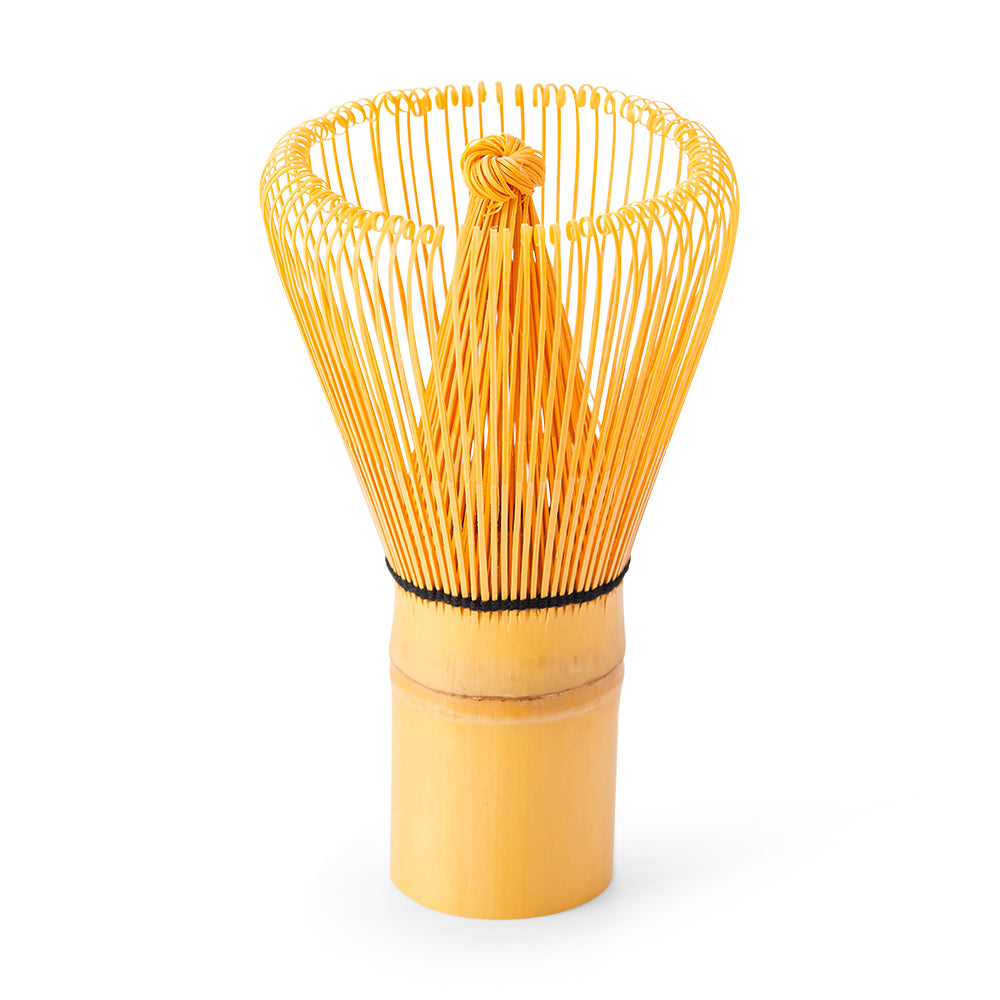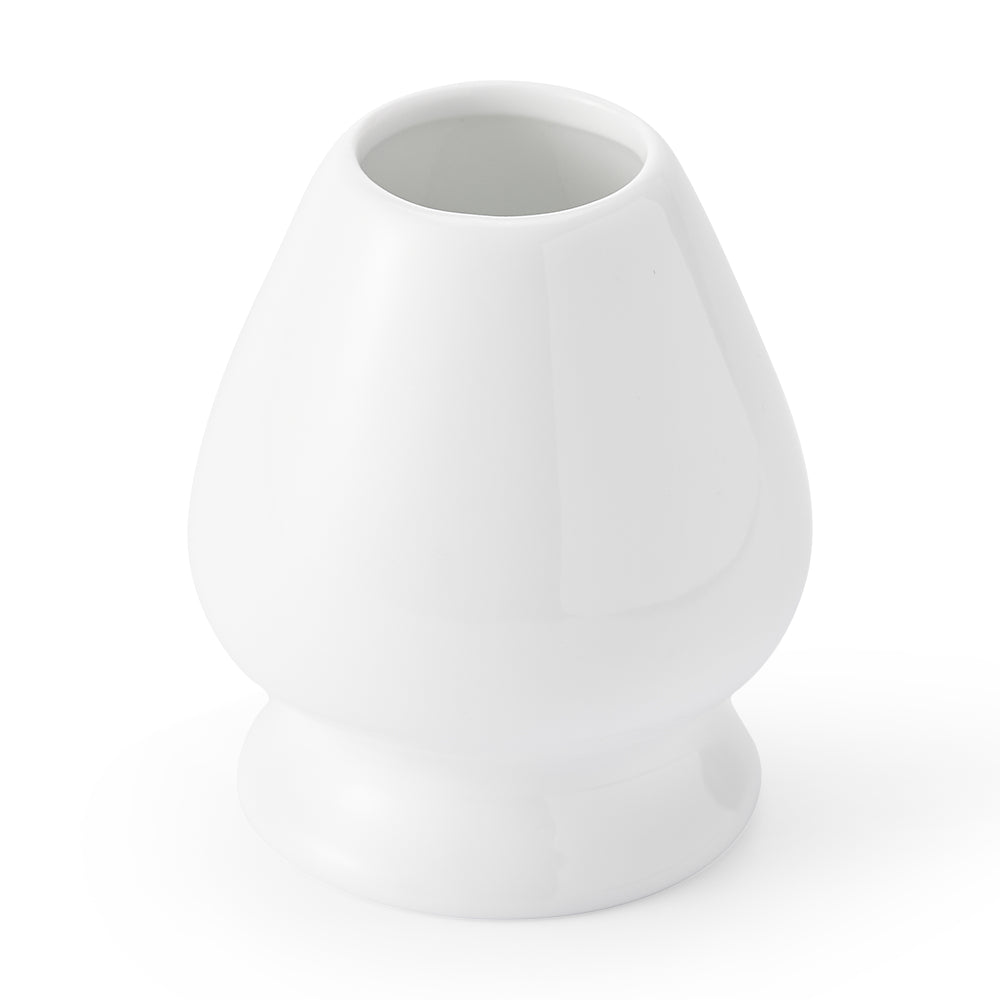
Nutrition Facts of Matcha: A Deep Dive into the Green Superfood
Matcha has captivated the world with its vibrant color, calming rituals, and powerful health benefits. But what truly sets matcha apart from other green teas is its incredible nutritional value. If you’ve ever wondered about the nutrition facts of matcha, this comprehensive guide will explore what makes this Japanese green tea a superfood.

What Is Matcha?
Matcha is a powdered Japanese green tea made from Tencha leaves, which are grown under shade, steamed, dried, and stone-milled into a fine, bright green powder. Unlike steeped teas, where you discard the leaves, with matcha, you consume the whole leaf, unlocking a full spectrum of nutrients.

Matcha vs. Other Teas: A Nutritional Comparison
Let’s start by looking at matcha’s nutritional content compared to sencha and black tea.
 As shown, matcha significantly outperforms other teas in nearly every nutritional category.
As shown, matcha significantly outperforms other teas in nearly every nutritional category.

Why Matcha Is a Nutritional Powerhouse
Because you're consuming the entire leaf, matcha green tea powder delivers higher levels of antioxidants, fiber, and vitamins compared to steeped teas. Here's what makes matcha nutritionally unique:
1. Rich in Antioxidants (Catechins)
Matcha contains about 10g of catechins per 100g, specifically EGCG (epigallocatechin gallate), known for its anti-cancer and anti-inflammatory properties.
2. Excellent Source of Dietary Fiber
One of the lesser-known nutrition facts of matcha is its fiber content. With 38.5g of dietary fiber per 100g, matcha can aid digestion and regulate blood sugar levels.
3. High in Vitamins
-
Vitamin A (in the form of beta-carotene) supports healthy skin and vision.
-
Vitamin C helps boost immunity and collagen production.
-
Vitamin E is a powerful antioxidant that protects cells from oxidative stress.
4. Minerals for Vitality
Matcha offers significant amounts of calcium, potassium, magnesium, phosphorus, and iron—all crucial for muscle function, bone health, and oxygen transport.
5. Caffeine with L-Theanine
Matcha contains about 3.2g of caffeine per 100g. While that sounds high, matcha also provides L-theanine, an amino acid that promotes calm and clarity. The combination results in sustained, balanced energy without the jitters.

Health Benefits Backed by Nutrition
Thanks to these nutrients, matcha supports a variety of health benefits:
-
Antioxidation – Fights free radicals and slows aging.
-
Cancer prevention – EGCG has been studied for its anti-cancer properties.
-
Detoxification – High chlorophyll content helps flush toxins.
-
Boosts metabolism – Matcha may support fat oxidation and weight loss.
- Enhances focus and calm – L-Theanine works synergistically with caffeine to sharpen attention without anxiety.
Want to dive deeper? Learn more about the 4 Health Benefits of Matcha and see how this cherished green tea can support your health and daily rituals.

Why Japanese Matcha Is Superior
The nutritional potency of matcha is not just about the leaf, it’s about how it’s grown and processed.
Shade-Grown Fields
By shading the plants weeks before harvest, the chlorophyll and amino acids (like L-theanine) increase, producing matcha’s rich green color and umami flavor.
Gentle Stone-Milling
Unlike other green teas that are machine-ground, matcha is slowly ground using granite mills. This method preserves nutrients while producing ultra-fine powder that’s easier to absorb.
Selective Harvesting
Top-grade matcha uses only the first flush, handpicked leaves for the richest flavor and highest nutrients. Lesser grades, often machine-picked or from a second flush, may have lower nutritional value.

Matcha Grades and Their Nutritional Differences
-
Top Grade: Handpicked first flush leaves, vibrant green, rich in umami.
-
Middle Grade: First flush, machine or mixed-picked, slightly more bitter.
-
Reasonable Grade: Second flush leaves, lighter color, more astringency.
While all matcha offers benefits, ceremonial-grade matcha contains the most nutrients and is best enjoyed straight, whisked with hot water.

How to Enjoy Matcha for Maximum Nutrition
To get the most out of your matcha:
-
Use high-quality, stone-ground matcha from trusted sources.
-
Drink it without added sugar or milk to preserve its natural benefits.
-
Use about 2 grams per serving (roughly 1 teaspoon), whisked into hot water (not boiling) to preserve nutrients.
You can also incorporate it into smoothies, oatmeal, or even savory dishes.

Matcha as a Daily Ritual of Wellness
Matcha is more than a drink, it’s a vibrant expression of whole-leaf nutrition and centuries of tradition. From its rich concentration of antioxidants to its gentle energy and focus-enhancing properties, matcha invites you into a mindful ritual that supports both body and spirit. For those drawn to the essence of Japanese tea culture, matcha offers a simple yet powerful way to nourish wellness with every cup.
🍵 Drinking our tea? Take a picture and tag us on Instagram at @senbirdtea or #senbirdtea. We’d love to see your moment with tea!
If you want to read more articles on matcha, explore them here:
- Matcha vs Coffee: Is Matcha Better than Coffee?
- New Year, New Rituals – A Modern Guide to A Matcha Tea Ceremony at Home
- How to Prepare Matcha: Usucha vs. Koicha
- The Caffeine Content in Matcha Green Tea versus Coffee
- A Matcha Green Tea Cheesecake Recipe
- 5 Unique Matcha Drink Recipes
- How to Make Matcha Banana Bread
- Matcha Cupcakes with Matcha Cream Cheese Frosting
- Matcha Milk and Honey Bread Recipe
- Creamy Matcha Green Tea Popsicle Recipe
Share your moment with us and stay connected on:







